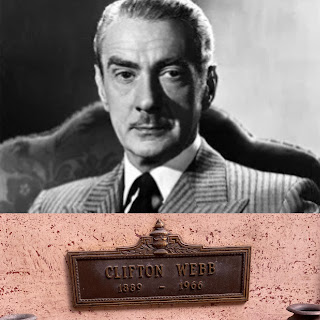The Tragic Story of Mabel Normand
I am absolutely fascinated by the stars of the silent era. These were the first real celebrities, but that fame was fleeting for most. With the advent of sound in films, many of these silent celebrities went from having it all to the bottom of the barrel. It wasn't the talkies that drove Mabel out of Hollywood, but rather her constant run-in with scandals, poor health, and untimely death.
Once one of the biggest silent film stars, the name Mabel Normand is now unfamiliar to most. She was the leading lady in many Charlie Chaplin and Fatty Arbuckle films of the 1920s. She was a staple in the Keystone Comedy films. Mack Sennett adored her, allowing her to produce, write, and direct her own pictures under her own production company, Mabel Normand Studios. These were roles rarely filled by women. If Sennett gave her this opportunity solely because he was in love with her, it didn't matter. She was talented and it showed. She broke barriers for women in the film industry.
I wish the Mabel Normand story ended there. I want to wrap this up with Mabel Normand being a feminist icon and a silent film legend who lived the rest of her life in success. This wasn't the case. She found herself wrapped up in scandal more often than not. When William Desmond Taylor was found murdered in his home, Mabel was the last person to have seen him alive. People were quick to point the finger at her and given that the crime was never officially solved, the idea that she may have been involved stained her reputation.
In 1924, two years after the death of Taylor, Mabel was caught up in another scandal. Mabel joined an oil tycoon, Courtland S. Dines, for drinks at his apartment. When her chauffer, Horace H. Greer arrived to pick her up, something went down. When he entered the apartment to pick up Mabel, Dines attempted to hit him with a glass bottle. Greer responded by shooting Dines with a gun that belonged to Mabel. Dines survived, Greer went to trial, but since everyone was drunk there wasn't a clear story to be told. Greer was cleared of all charges, but the bad press plagued Mabel. Some states even stopped showing her films in their theaters.
Along with the constant bad press, it was rumored Mabel was addicted to drugs. She was described as cocaine-dependent. While this may or may not be true, the stigma behind drug use made her undesirable to fans, although many silent film stars struggled with drug abuse.
After all the scandal, Mabel signed with Hal Roach in 1926 and was ready to change the opinion of the public with new films. It worked, they were well-received and she was aiming to take a stab at talkies. She wouldn't get the chance. Mabel had tuberculosis that plagued her chronically for years. She was admitted to a sanatarium in 1929 and died of the disease in 1930 at 37 years old.
Mabel is buried at Calvery Cemetery in East LA. She's located in the beautiful mausoleum alongside stars like Ethel and Lionel Barrymore. If you're wondering where the Cody last name came from, she married a long-time friend and instantly regretted it. Somehow that last name made it onto her final resting place regardless.
Mabel had a strong social influence. She was a pioneer for women in film. She had her own production company and studio when women were often expected to play uncredited, child roles. She was often wrapped up in scandals that plagued public opinion of her more than it did the men who often played the bigger role in these incidents. She battled addiction, the press, and constant criticism while suffering through a disease that would eventually take her life. I think Mabel deserves more recognition for her short but influential life.





Comments
Post a Comment